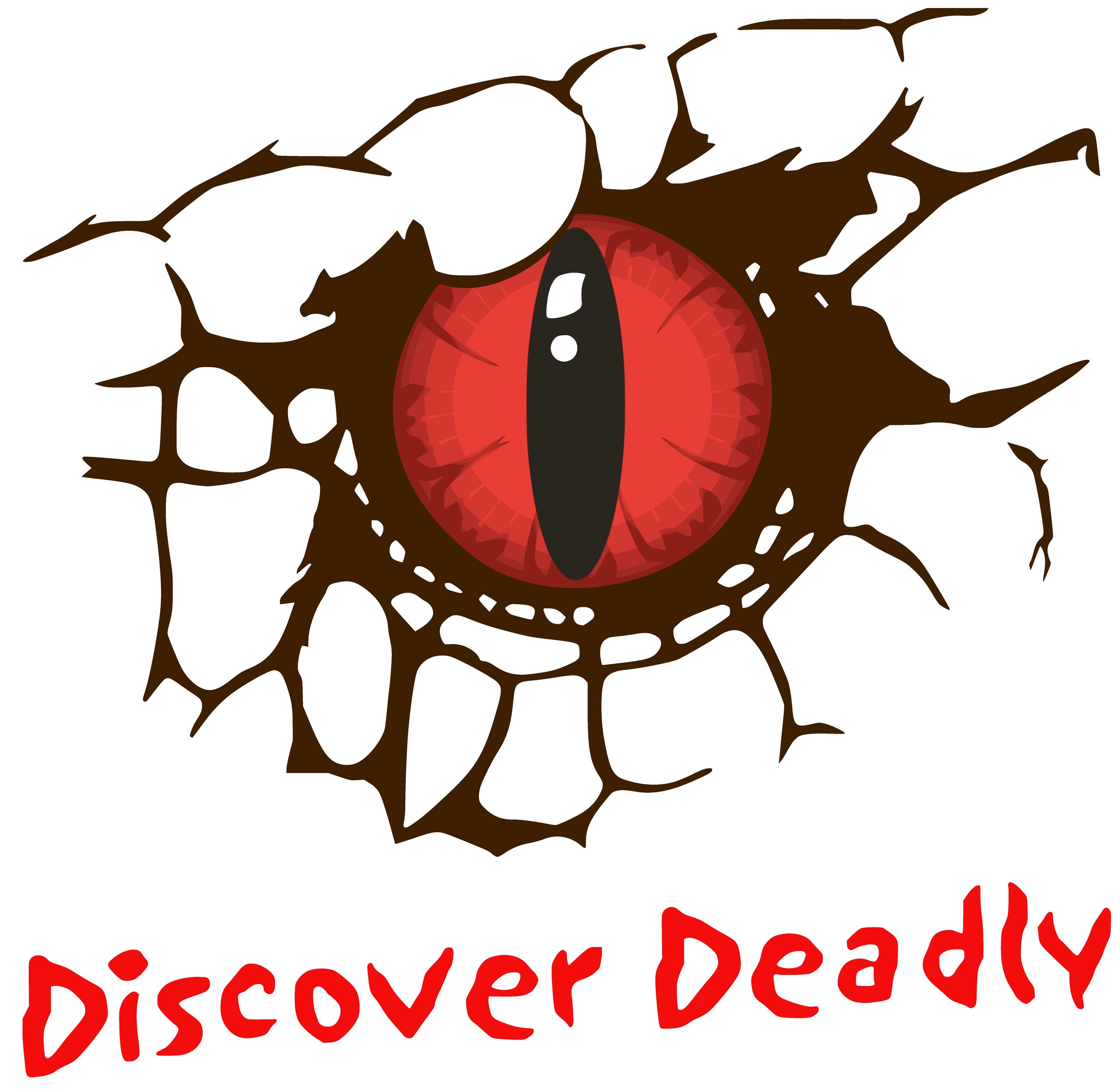Discovered a snake?
Follow our guidelines and stay safe around snakes.
SCALE:RR
Stand STILL, slowly move away if safe to do so.
If very close keep still and let the snake move away from you,
any movement within close range might cause the snake to react
Keep CALM, give the snake a chance to slither away.
Try not to panic if it moves, it may want to pass to escape
Leave the snake ALONE, do not try to catch it
Don’t throw anything, don’t hit it & don’t yell at it
Watch the snake to see where it goes. LOOK with your eyes only!
Wait & monitor action
Call an EXPERT, a professional snake catcher if needed
Please RESTRAIN pets to keep them safe
All our wildlife deserves our RESPECT
Snake Bites
Australia is home to over 25 million people. There are up to 3000 snake bites reported each year. Of these definite or suspected bites around 300 require treatment, the patient has been envenomated. The majority are a dry bite (no envenomation), any snake bite needs to be taken seriously as any envenomation can potentially lead to death, even a suspected bite should be treated with the correct First Aid and prompt medical attention sought.
In Australia 2 - 4 people die from snake bite a year, but, there has
been no recorded deaths from snake bite in Australia where THE
CORRECT FIRST AID has been applied.
Follow the below link to learn more about snakes!
First Aid for Australian Snake Bite
Why Pressure Bandage?
Injected venom moves through the lymphatic system before going into the blood stream. It has to travel all the way around the limb first. (Although there are accounts of venom by-passing the lymphatic system).
The lymphatic system is just under the skin. The correct application of a pressure bandage flattens the lymph vessels and slows the rate of spread of venom away from the bite site. This highly influences patient outcome.
Why Immobilise?
When we move any part of our bodies we use our muscles. This muscle pump effect activates our lymphatic system, which increases venom distribution. Complete immobilisation (not just the bitten limb) is a key part in all snake bite first aid.
Do!
Reassure patient and keep calm
Apply an elasticated bandage at even pressure and extend the bandage as high/low as possible on the bitten limb. (Use the same pressure as for a sprained ankle or wrist).
Check un-bandaged tips of fingers/toes for circulation
Monitor patient at all times. Cardiac collapse is possible and can be fatal. CPR may be necessary and takes precedence over bandaging.
Do NOT!
Cut or suck the bite site
Wash the bite site (it will be swabbed at the hospital for venom ID)
Use a tourniquet (this can stop the blood flow)
Remove persons clothing (movement = muscle pump effect)
Allow the patient to walk (movement = muscle pump effect)
Try to catch or kill the snake (it is not needed for ID or treatment)
FOLLOW DRSABCD
1 Ensure patient (& others) are no longer at risk
Reassure patient. Encourage lying down & keeping totally still
2 Contact emergency service – ambulance – dial “000”
3 FIRST AID MUST BE STARTED IMMEDIATELY
If impairment of vital functions, support as priority (CPR)
4 Do not interfere with bite in any way
5 Keep limb & person still until bandage & splint can be applied
6 IMMOBILISATION OF BITTEN LIMB & PERSON IS CRITICAL
7 Start bandaging at extremity, no matter where on limb bitten
Remove all jewellery from bitten limb
Include fingers or toes, & splint to immobilise any joints
Bandage over clothing – removing clothing increases movement
8 If bitten on body or head, immobilisation only
9 Do not give food or drink – small sips of water if requested
10 Follow instructions of paramedics for patient retrieval
IN SUMMARY
Start first aid immediately
do not delay – do NOT wait “To see what develops”!
Do not ignore a trivial bite
(especially if suspected from a Brown Snake)
Immobilisation is critical
patient must NOT move
Further Info
Australian Venom Research Unit: http://pharmacology.unimelb.edu.au/research/avru
Geoff Coombe: www.livingwithwildlife.com.au
Clinical Toxinology Resources: www.toxinology.com
© Discover Deadly 2017 Source : Geoff Coombe’s Living with Wildlife




